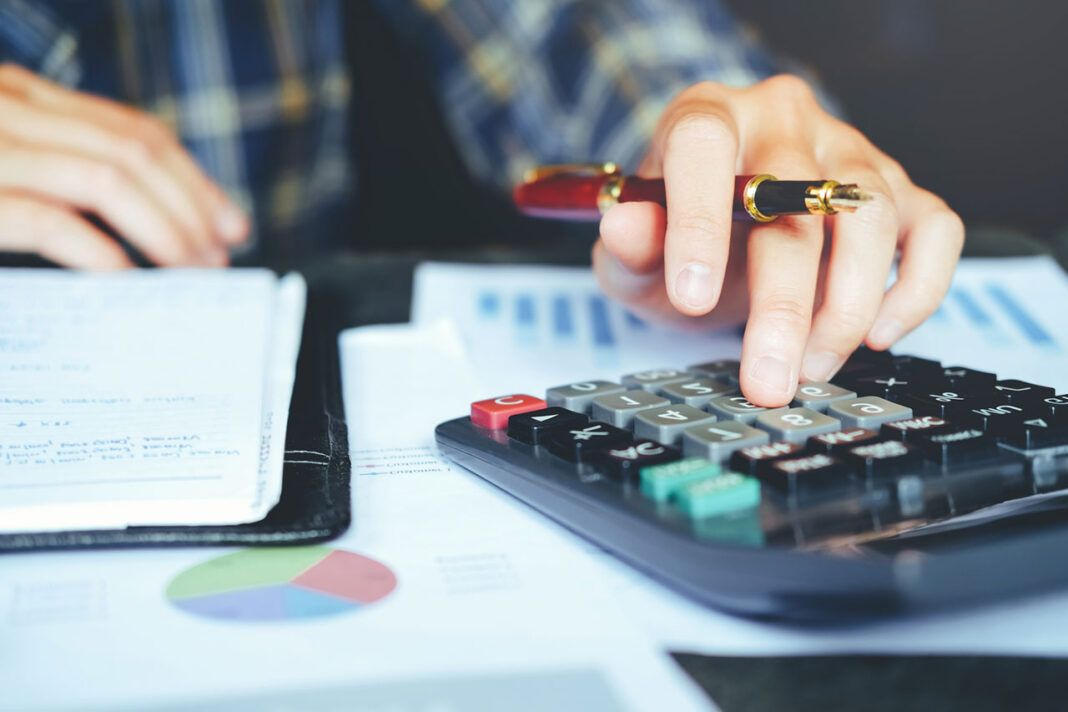Stimulus checks are payments that the government provides to taxpayers as a way to encourage them to spend during economic contractions. These payments are made via direct deposit or paper checks. They are typically a component of the more extensive stimulus package that the government develops to support the economy. This was also true for the stimulus payments issued as part of the CARES Act in 2020 and the American Rescue Plan in 2021.
Stimulus check eligibility
Because of the latest income limitations, a few individuals are ineligible for the final stimulus check payments. While some may have claimed a Recovery Rebate Credit in 2020 or received the 1st or 2nd Economic Impact Benefit, their eligibility might now become void.
So, one of the most common queries is, “Am I eligible for a stimulus check?” Typically, an individual is eligible for the complete Economic Impact Payment if they meet the stimulus check eligibility requirements.
Who gets stimulus checks?
- Permanent residents or citizens of the country
- Someone not dependent on another taxpayer
- Those with adjusted gross income or AGI not over
– $150,000 for married couples filing jointly or as a qualifying widow or widower
– $112,500 for head of household filers
– $75,000 for individuals filing as single or married filing separately
Payments are typically lowered above the stated AGI amounts. This means that the stimulus check eligibility becomes void if the gross income is more than
- $160,000 for married couples filing jointly or as a qualifying widow or widower.
- $120,000 for head of household filers.
- $80,000 for individuals using any other filing status.
How to apply for stimulus checks
For eligible individuals, there are a few steps to apply for an Economic Impact Payment or stimulus check online.
File a tax return
The stimulus payment often does not reflect automatically for individuals who do not file their federal tax return. So, this step is particularly crucial if one has missed filing a return in the previous years.
Recovery Rebate Credit
Sometimes, everything may be in place, but an individual might still not receive the stimulus check. When that happens, they can claim it by filing for the Recovery Rebate Credit on the tax return. This is applicable for payments from 2020 and 2021, too.
Employ the IRS tools
The online tools accessible on the Internal Revenue Service (IRS) website can help one assess their payment status and update their information.
Be alert
Beware of any messages about applying or contacting someone about the payments. The IRS never inquires about anyone’s personal information via social media, text, or email.
How do taxpayers get stimulus checks?
Taxpayers receive the stimulus payments either by paper checks or direct deposit. Sometimes, the payments may arrive by mail in the form of debit cards. When individuals pay their taxes via direct deposit, the IRS already has access to their banking information. So, they will employ these details and process the payment directly to the individual’s bank account. This happens by annexing an accounting and routing number to the 2019 or 2020 tax filing and inputting one earlier in 2020 to receive the first stimulus checks. Individuals requesting payments via mail will have to wait relatively longer.
Further, the Department of the Treasury is currently collaborating with the Bureau of the Fiscal Service. They are reviewing federal records of recent government payments to identify alternative bank accounts for delivering stimulus payments through direct deposits, which can help accelerate the stimulus check payment timeline.
Typically, individuals do not have to apply for a stimulus check in 2024, as eligible individuals tend to automatically receive the payment on time.
Steps to check the status of the stimulus payments
One can use the Department of the Treasury’s tracker to check the status of the stimulus payments.
- Visit the IRS website.
- Head to the “Get My Payment” page.
- Click the “Get My Payment” button.
- After the page about authorized use appears, click “OK” to proceed.
- Enter the Social Security or Taxpayer ID number, date of birth, and address on the next page. Then, click the continue button.
- This will direct to the payment status page, which will show the payment status and expected date. In some cases, it may say the status cannot be determined.
Some individuals may also receive the “payment status not available” notification on the platform. As per the IRS, it may be because of a few factors.
- The individual may not be eligible for the payment.
- The agency hasn’t processed the stimulus check yet.
- There isn’t enough information to issue the payment.
The platform typically updates overnight, so individuals who check for stimulus check updates more than once a day will not see any new messages.
Things to do if payment status is unavailable
- The “Get My Payment” tool allows users to enter new direct deposit or bank details when the “Need More Information” status appears.
- Unlike previous rounds, it requires submitting a financial product with a routing and account number, such as a bank account or prepaid card.
- Submitting the tax return ensures the IRS has the latest financial details.
- Sometimes, the payments may be sent before tax information is processed.
- An address update can be made by submitting Form 8822 or notifying the IRS of a move.
- Address updates may experience delays if the IRS has already started sending payments.
- Once all the changes are made, apply for direct deposit, as it is the fastest way to ensure payment receipt.
